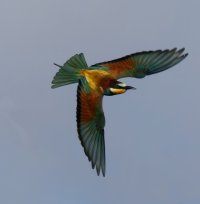roby17269
R5, H5X + IQ1-80, DJI Mini 4 Pro & Mavic 4 Pro
I surely would prefer a 1.2. I want new exciting lenses, not repeats of EF predecessors (unless they are materially better like the 50 and 85 1.2)The last rumor pertaining to the 35 L said it might not be 1.2 and might be 1.4.
Upvote
0

